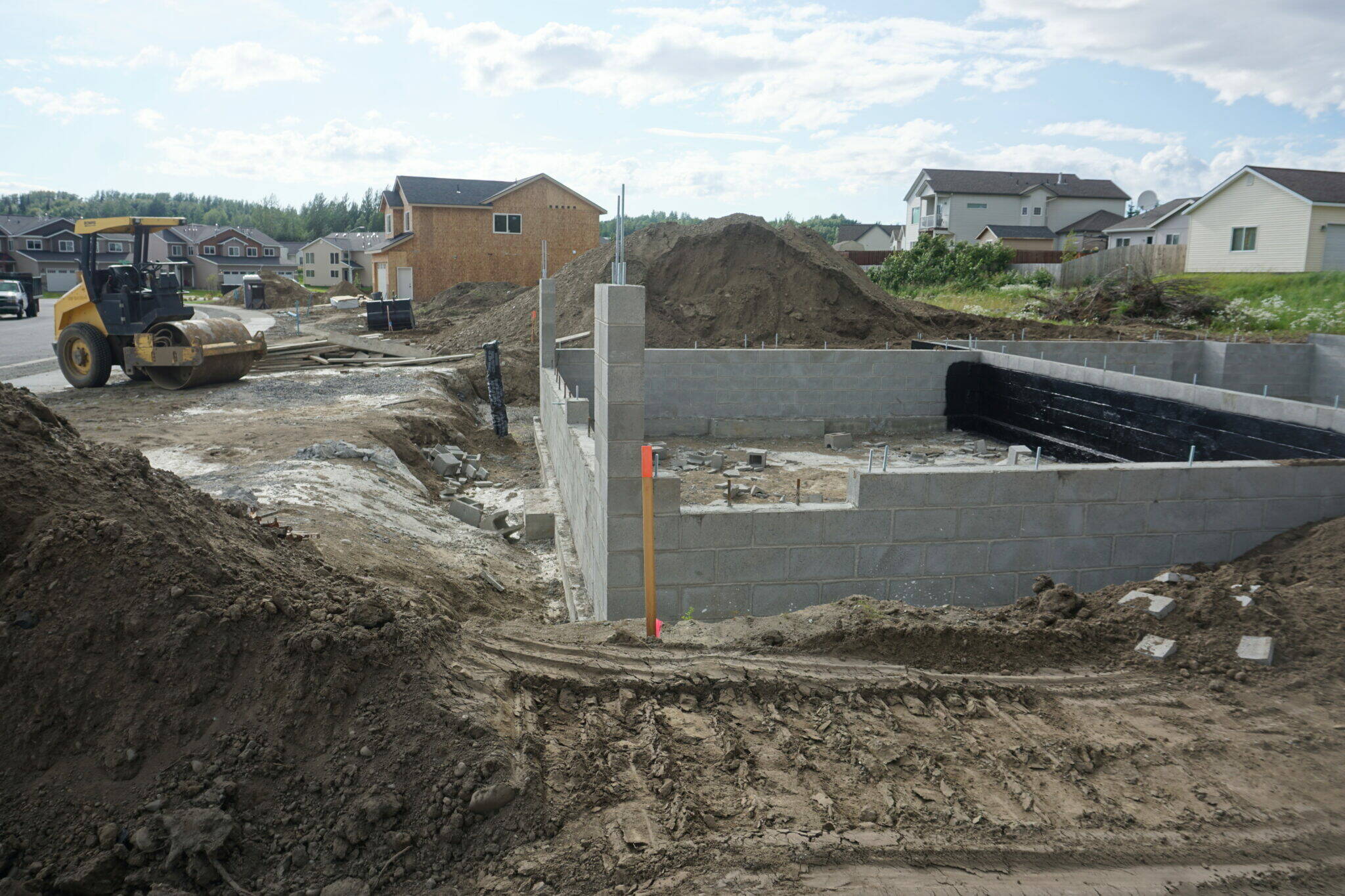Employment in Alaska’s construction industry had not yet returned to pre-COVID-19 levels as of the end of 2022, even though the industry was damaged less during the pandemic than the state’s economy as a whole, according to a new report from the Alaska Department of Labor and Workforce Development.
The Alaska construction industry lost 3.6% of its jobs in 2020, the first year of the pandemic, compared with the overall state job loss that year of 8%, said the report, published in the August edition of Alaska Economic Trends, the monthly magazine of the Alaska Department of Labor and Workforce Development’s research division. By 2022, the industry had regained only about half of the jobs it had lost in the COVID-19 era, according to the article.
Construction-employment recovery has been uneven throughout the state, with Anchorage, the Matanuska-Susitna Borough and Southeast Alaska back up to or even exceeding pre-pandemic levels but Fairbanks and the Interior lag, according to the article, written by economist Sara Teel.
Exactly why that is happening is yet to be fully understood, said Dan Robinson, research chief at the state labor department
In her Trends article, Teel – who has since taken a job outside of Alaska – pointed to the state’s shrinking population of working-age adults as a possible factor.
“While high numbers of job openings have been a national phenomenon in recent years, mainly because of demographic shifts, Alaska’s 10 years of net migration losses contributed to an even smaller worker pool for the construction industry,” her article said.
Those losses put Alaska out of step with most states, Robinson said. “Our working-age population decline is unusual,” he said.
But the construction-job picture is too complicated to be explained simply by Alaska’s smaller total workforce, he said. Construction employment recovery in Anchorage, Mat-Su and Southeast Alaska that is happening at the same time that employment is lagging in Interior Alaska indicates other possible factors, he said.
One might be competition from elsewhere.
Teel, in her article, said construction wages in Alaska have not kept pace with inflation. Wages in 2022 were about $4,000 a year higher than in 2019, but that increase would have to have been $10,000 to keep up with inflation, according to the article.
Ronson said less-attractive pay in Alaska is part of a pattern that the department is studying.
Alaska used to have a “wage premium” – higher wages for jobs throughout the state’s economy, Robinson said. “That’s mostly gone,” he said. Now Alaska wages are just slightly above the national average, he said.
Construction represents 7% of Alaska’s private-sector jobs, making it the fifth-largest employer by category, the article notes. Construction is also the second-highest paying sector, with an average annual wage of $85,079 in 2022. But that is far below the $155,072 average annual pay for those in the mining industry – a sector that, under the department’s definition, includes oil and gas jobs – the article pointed out.
The construction-employment picture includes signs of the Mat-Su region’s growing economic importance. Over half of the new single-family homes built in Alaska in 2022 were in Mat-Su, compared to 23% in Anchorage, Teel’s article said. Overall, the Mat-Su region in 2022 accounted for 31% of the Anchorage/Mat-Su construction jobs, up from 25% in 2019, the article said.
• Yereth Rosen came to Alaska in 1987 to work for the Anchorage Times. She has reported for Reuters, for the Alaska Dispatch News, for Arctic Today and for other organizations. She covers environmental issues, energy, climate change, natural resources, economic and business news, health, science and Arctic concerns. This story originally appeared at alaskabeacon.com. Alaska Beacon, an affiliate of States Newsroom, is an independent, nonpartisan news organization focused on connecting Alaskans to their state government.

